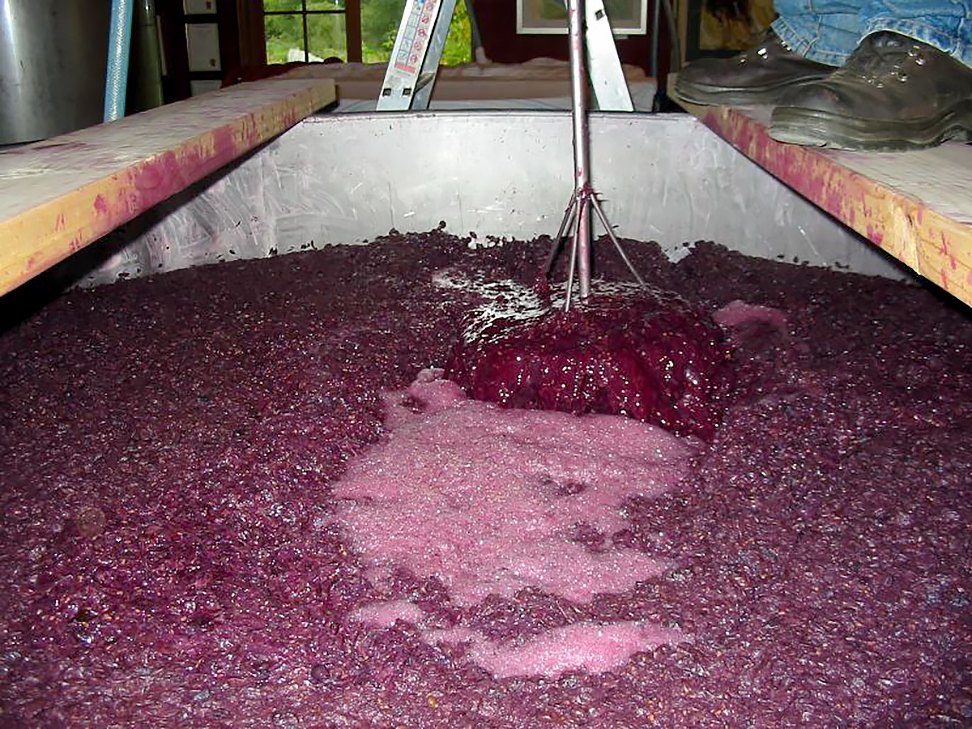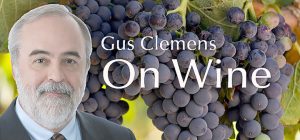There are five terms you often will find in reports about wine. Understanding what they mean and how they affect wine can help you make choices. A quick review.
• Harvest date. The day grapes are picked significantly influences wine. Grapes picked earlier will be higher in acidity, lower in alcohol, and sometimes have herbal or green flavors. They also can have more bitter tannin, but such wines also tend to age longer. Picking later in the harvest season can produce wines with lower acidity, higher alcohol and sweetness, and riper tannins.
And then there is the effect of weather—wet weather just before and during harvest can negatively affect wine.
• Maceration, cold soak, skin contact. Maceration is the amount of time the skins are in contact with the grape juice and particularly influences color. Cold soaking prevents the yeast from beginning fermentation, thus extracting color and fruit flavors and limiting bitter tannins.
• Cool and hot fermentation. Cool fermentation—65-78 degrees—preserves fruit flavors and flower aromas. Hot fermentation—80-96 degrees—reduces fruit flavors and flower aromas and enhances earthiness.

• Oak, steel, concrete. Oak barrels add vanilla and other flavors to wine and increases exposure to oxygen, which decreases tannin. When wine ages for many years in oak, it acquires nutty flavors. Steel tanks add no flavors and limit oxygen, so it is most common in zesty whites, but also for reds sensitive to oxygen, such as garnacha. Concrete tanks—often shaped like eggs—are similar to stainless steel, but allow a bit more oxygen and a natural convection of juice, resulting in smoother wines.
Tasting notes:
• Joseph Carr Josh Cellars Cabernet Sauvignon 2019: Fruit-forward, tasty, entry-level wine will pleasure many palates. $11-16
• Hess Select California Rosé 2020: Delightful romp in red-fruit joy. $12
• Calcu Gran Reserva Sauvignon Blanc-Sémillon 2021: Clean and refreshing with impressive complexity. $14-18
• Golan Heights Winery Yarden Merlot, Galilee 2017: Mellow merlot with smooth tannins and soft acidity. $26-30
Last round: Why are frogs always happy? They eat whatever bugs them. Wine time.

